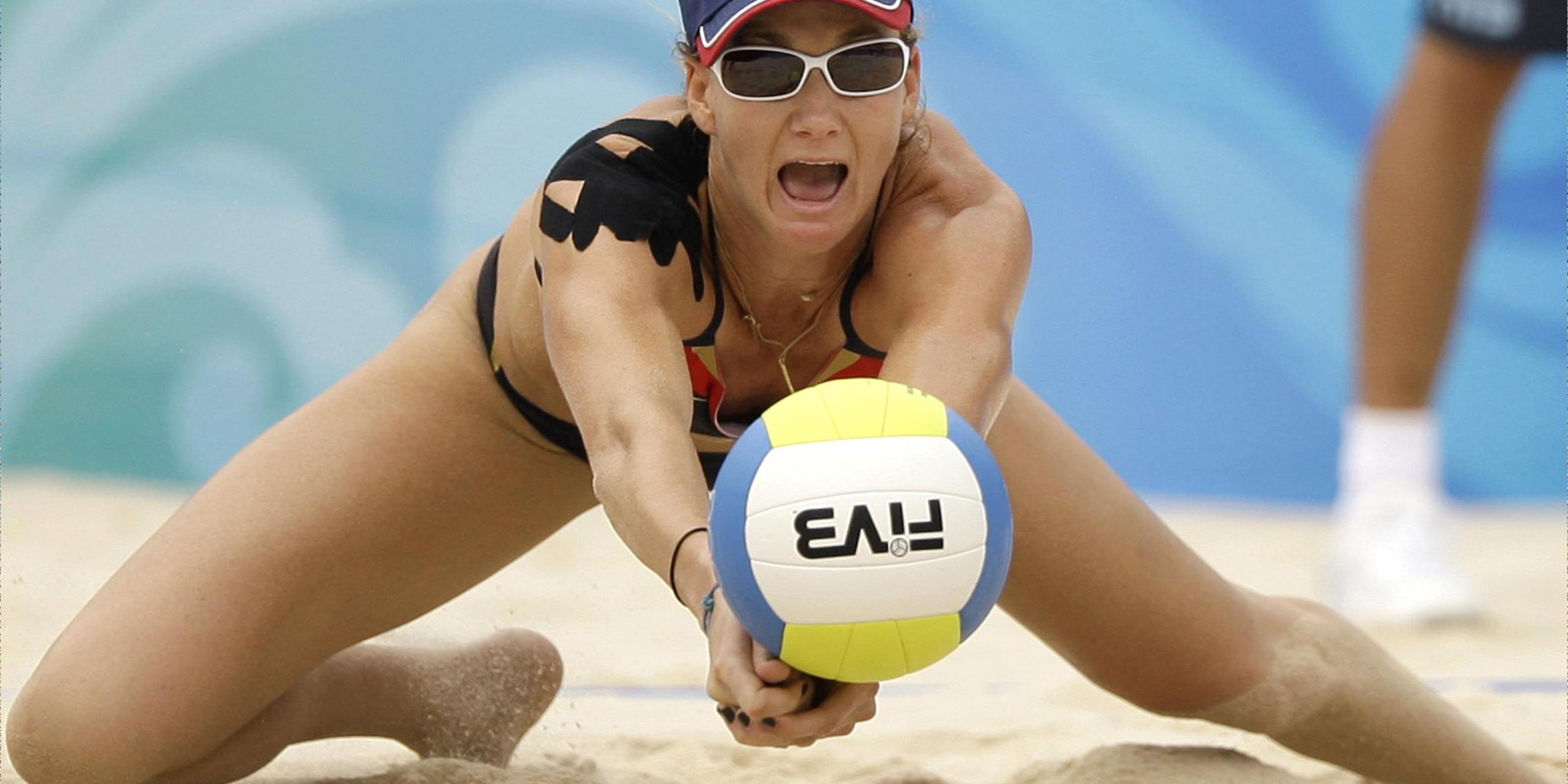The practice of sports taping is booming. Could you benefit?
When Kerri Walsh Jennings spiked her way to Olympic gold in 2008, the vibrant-blue patches she wore on her shoulder made headlines around the world. Since then, the practice of sports taping has been kept largely under wraps—but that's all about to change.
There’s a growing trend among chiropractors (DCs), physical therapists (PTs), and occupational therapists (OTs) getting certified and offering taping as preventative or rehabilitative therapy. “The largest group at my teaching seminars is that of the PTs, DCs, and OTs because they do more functional work now than they used to,” says Vladimir Friedman, DC, CCSP, of Accelicare Sports Chiropractic in Manhattan and a neuro-structural taping instructor for SpiderTech. “Athletes and weekend warriors are seeking this out because they want to get back in the game faster.”
Taping can help you do just that if a wobbly ankle, turf toe, or tennis elbow has you benched. YouTube users, take note: There are myriad pitfalls to the watered-down DIY info you may find on the web. One example? If your skin isn’t shaved properly and you put tape onto hair follicles, it can actually stimulate pain receptors, notes Friedman. “Kerry competing at the Olympics so soon after shoulder surgery really helped put the benefits of taping on the map, but it's a complex process,” he says. “It’s not like ‘I have a headache, I’ll take some aspirin. Oh, my ankle hurts, I’ll put on some tape.’ You have to really know why you’re putting on the tape—that informs which type of tape is used and how.”
Friedman’s advice: Seek out a certified practitioner. Below, he breaks down some common taping scenarios.
The Classic, Stabilizing Variety: Athletic Tape
The original sports tape, this tape is rigid, sticky and most often used for structural issues, injury prevention, and to treat acute trauma in sports settings. (A common use would be preventing an ankle sprain in a basketball game.) It works by supporting a weak joint or injured area, limiting range of motion and preventing excessive movement. You can do cross-connections at different angles to create a brace-like effect, says Friedman.
The Colorful, Elastic Variety: Kinesio Tape
More durable and flexible than its classic white counterpart, kinesio tape was developed about 30 years ago primarily to help the lymph system take down inflammation and ease pain, but it can also activate muscles for better firing sequences and improve biomechanics, says Friedman. It has the elastic properties of skin, allowing for mobility, and it lasts up to 5 days for prolonged treatment.
The Best of Both Worlds: Combination Taping
This is when you apply different types of tape to get the effect you’re looking for. “An example of combo taping for increased benefit is when, say for an ankle sprain, you use Kinesio as the first layer to help with swelling, and then athletic tape over it to hold the ankle in place biomechanically,” says Friedman.
For more on injury prevention and rehab:
The World's Greatest Stretch
5 Ways to Recover From Your Workout Faster
The Hurt Locker
